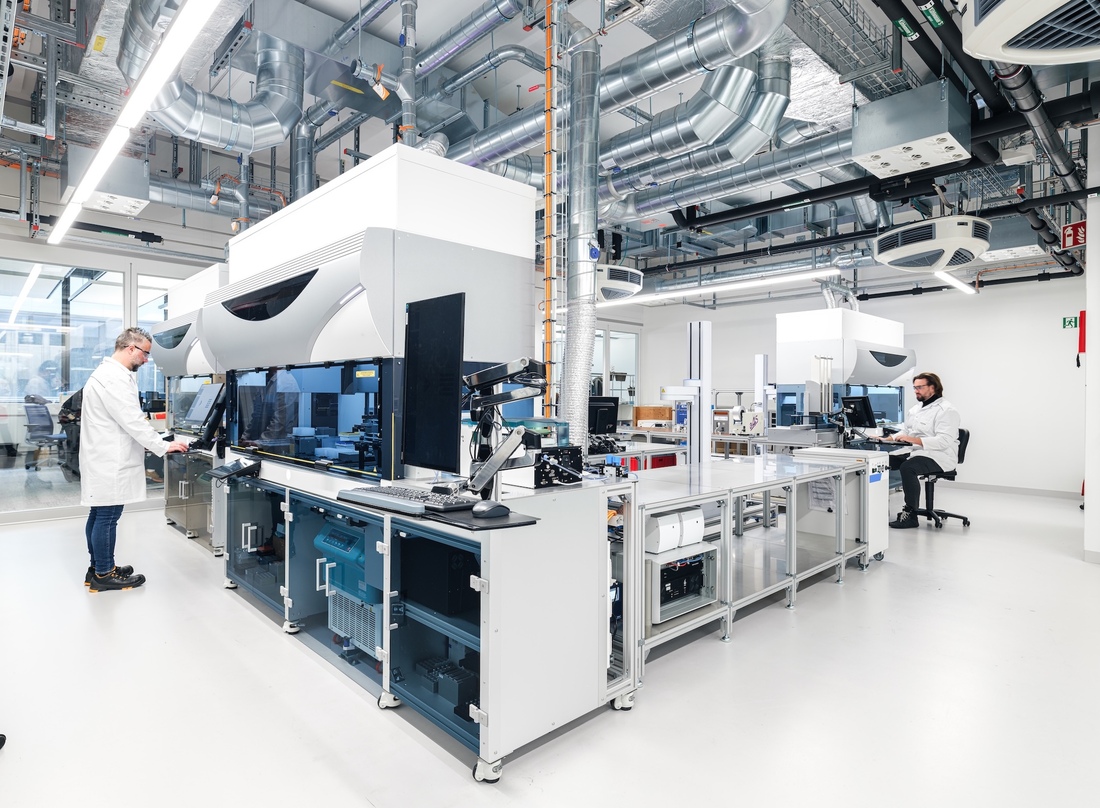As demand for precision medicine accelerates, CAR T and CAR Treg cell therapies are emerging as crucial tools in the fight against cancer and autoimmune diseases. For Thomas Fellner, PhD, head of commercial development, specialized modalities at Lonza, which is a contract development and manufacturing organization (CDMO), the market’s rapid expansion is not just reshaping therapeutic options but redefining the bioprocessing landscape itself.
The global cancer burden is climbing sharply. According to the World Health Organization, annual cancer incidence is projected to rise by 77% by 2050, surpassing 35 million new cases per year. This surge—particularly in hematologic malignancies such as leukemia, lymphoma, and multiple myeloma—is intensifying demand for novel, more effective therapies.
“Researchers and clinicians are increasingly turning toward groundbreaking innovations like CAR T cell therapies,” says Fellner. “These treatments genetically modify T cells to better recognize and destroy cancer cells, offering a level of personalization and efficacy beyond traditional modalities.”
Initially reserved for rare hematologic malignancies, CAR T therapies are now moving into a broader territory. Studies are exploring their use in solid tumors and even autoimmune diseases, dramatically expanding their potential clinical reach. As data continue to validate these modalities, Fellner notes that the treatment paradigm is shifting: “CAR T therapies are advancing from last-resort options to earlier lines of therapy, including second-line regimens. The result is a more robust and sustainable growth trajectory for the field.”
This momentum is mirrored by rising R&D investment across the industry. Developers are not only exploring novel targets and antigen constructs but also rethinking manufacturing to meet clinical and commercial demand. However, scaling this innovation remains one of the industry’s greatest challenges.
Manufacturing bottlenecks and scalability
The promise of CAR T therapies is tempered by the complexity of their production. “One of the main challenges is the manufacturing process itself,” Fellner explains. “Autologous therapies, which rely on a patient’s own cells, are inherently difficult to scale because every batch is unique.”
Each patient’s cells must be harvested, modified, expanded, and re-infused in a highly controlled, GMP-compliant process. Manual interventions are still common, creating high labor costs and significant variability. “The result is a process that’s resource-intensive, costly, and challenging to reproduce consistently,” Fellner adds. These limitations constrain access and hinder broader adoption, especially as developers push toward larger patient populations.
To overcome these barriers, Fellner advocates for the early integration of automated and closed-system manufacturing. “Automation can dramatically reduce manual, time-consuming operations and minimize variability,” he says. “When implemented early, it enhances scalability, process consistency, and cost efficiency—essential factors in de-risking clinical development and enabling commercial viability.”
Automated solutions not only lower labor requirements but also improve reproducibility and regulatory confidence. Closed systems reduce contamination risk and facilitate technology transfer between development sites and commercial manufacturing facilities. For developers navigating the complex regulatory and logistical landscape of cell therapy production, these efficiencies can be transformative.
Partnerships also play a key role. Collaborating with experienced CDMOs allows therapy developers to leverage established expertise in technology transfer, process verification, and rapid GMP scale-up. “Working with a CDMO that has end-to-end capabilities enables developers to focus on innovation while ensuring manufacturing readiness,” Fellner notes.
Building a global cell therapy ecosystem
At Lonza, these principles are guiding a broad, long-term strategy. “We’re committed to supporting drug developers by expanding our global cell and gene therapy network,” says Fellner. “Our goal is to provide clear, efficient, and reliable pathways to commercialization.”
The company is developing flexible operational models designed to serve both early-stage, low-volume needs and large-scale commercial supply. This dual focus helps optimize cost-of-goods while ensuring capacity to meet patient demand.
A recent example of Lonza’s investment in enabling technologies is the acquisition of Synaffix, a company specializing in conjugation technologies. “This acquisition strengthens our ability to conjugate targeting ligands to lipid nanoparticles,” Fellner explains. “That’s an essential capability for precise in vivo delivery of CAR T therapies.” The move underscores Lonza’s commitment to expanding its portfolio of specialized modalities and supporting next-generation therapeutic approaches.
As CAR T and CAR Treg therapies continue to evolve, the intersection of biology and bioprocessing will define their future success. Automation, standardization, and global manufacturing networks are not just operational improvements—they are the foundation for making personalized medicine truly scalable.
For Fellner, the mission is clear: “We’re building the infrastructure and expertise to help innovators move from concept to clinic to commercial reality—so that more patients can benefit from the promise of these transformative therapies.”
